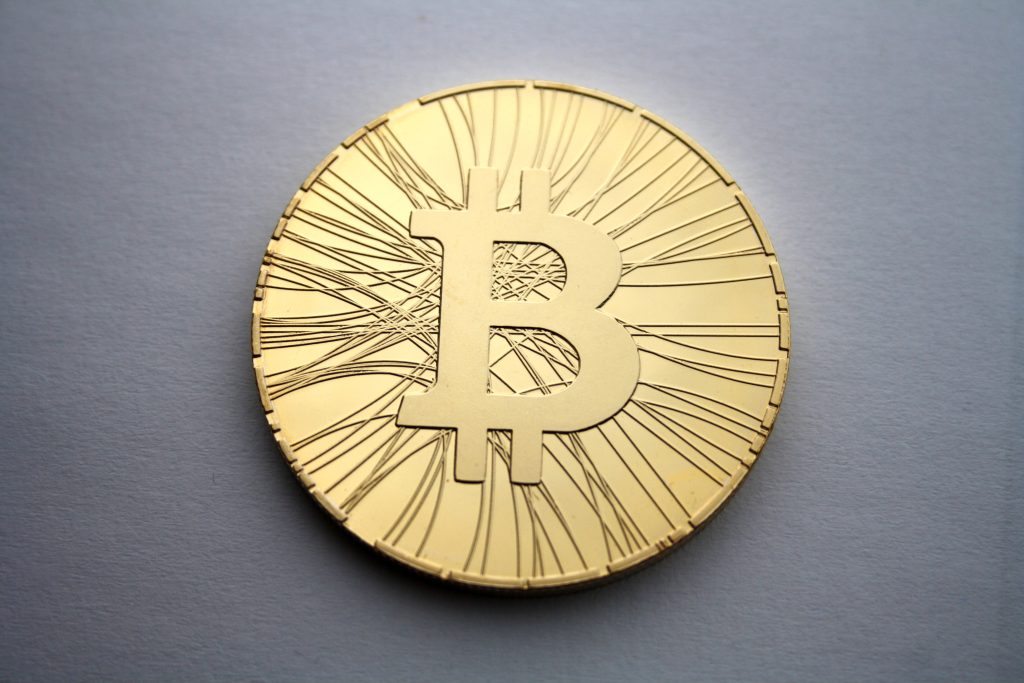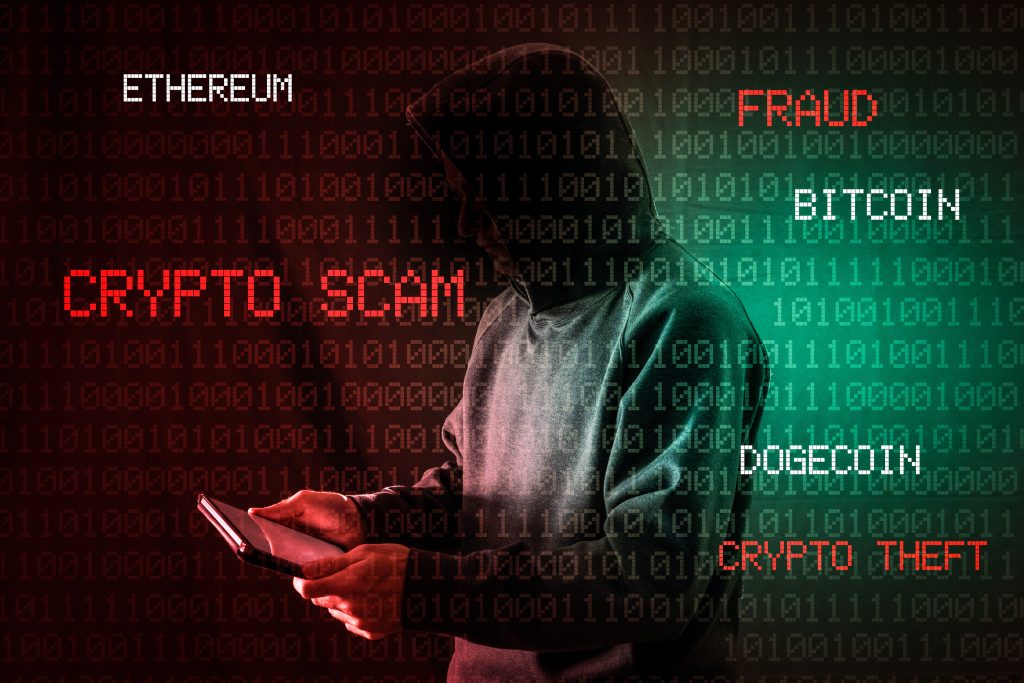I. INTRODUCTION

“Bitcoin, bitcoin coin, physical bitcoin, bitcoin photo” by antanacoins is licensed under CC BY-SA 2.0.1
With the creation of the first cryptocurrency, Bitcoin (BTC), in January of 2009, through the usage of blockchain to create an ungoverned decentralised economy, many similar cryptocurrencies had been made. Initially, cryptocurrency, such as BTC, was designed to reduce reliance on traditional third parties, as the receiving end collects monetary services such as digital transactions. As such, creating Cryptocurrencies promotes a peer-to-peer trade promoting a trust-less economy where traditional banking systems are operated based on trust between the user and the bank. The issue with a conventional system is the trust in the bank where currency will not be debased; historically, this trust had been breached. For instance, when a user deposits capital into the bank, only a fraction of the amount is kept physically in the bank itself; as such, the rest of the money that was supposed to be in holding can be used by the bank for borrowers and secondary mortgage markets, this concept might sound simple. However, adding factors such as insurance providers, credit rating agencies, investors, and many more into the chain created a complex economy backed by fiat currencies and built on trust. In addition, banks are incentivised to loan money, encouraging leniency through the consumer chain, leading to a significant consequence when borrowers cannot repay the loan they had taken. As a result, banks, as insurers, would need to use their capital to cover lost funds. When there are not enough funds, banks rely on the government to provide bailout money, avoiding bankruptcy, which comes from taxpayers, consumers, or insurance companies. As a result, when banks failed, such as in the 2008 financial crisis in the United States, multiple banks failed due to excessive mortgage lending to low-credit borrowers aiming to purchase a house. As a result, numerous debts are unpaid when the banks and lenders do not have the money as an insurer, resulting in colossal bailout money from the government to avoid significant bank failures resulting in financial recession throughout the States.
Therefore, when cryptocurrency is created to promote peer-to-peer transactions and total financial ownership, it is looked upon by the masses as a desirable system. As such, when a cryptocurrency was introduced in 2009, the concept of collaboration and ownership of assets, in addition to potential high return of investment, cryptocurrencies would be viewed as a path towards financial freedom through a shared economy that is not owned under one institution. However, as blockchain can be created by anyone with extensive training, hundreds of cryptocurrencies emerged. When coupled with absurd internet cultures (Hustle cultures, financial gurus, crypto gurus, influencers, & etc.), it creates a mass of scamming schemes that prey on the desperate and easily influenced.
II. SOCIAL MEDIAS AND CRYPTOCURRENCIES

“Crypto Scam – Cryptocurrency Theft Concept Image” by Bybit.com is licensed under CC BY 2.0.
Similarly to the stock markets, cryptocurrencies can be viewed as a market to invest capital with the hope of a high ROI over time. Again, financial gurus such as Warren Buffet, who had made billions in ROI, are viewed and looked upon as messiahs by stock market investors. However, in contemporary society, where influence and stardom can be gained through social media platforms, many “financial gurus & influencers” have emerged and given out investment advice whether they have the qualifications. Due to this, a significant amount of influencers created or influencer-promoted cryptocurrency. Often, coin creators would provide social media influencers with a percentage or a certain number of coins to encourage the followers to buy the currency, thus increasing the coin’s value. In addition, due to the COVID-19 outbreak, the increase in new accounts had seen a significant increase reached its peak in 2020 while coins type had increased to over 6000 in 2021 itself. With an increase in both consumers and creators, this creates a new opportunity for cryptocurrency schemes such as a pump and dump. In this scheme, the influencer would promote the coins openly to let followers buy into the currency, which would increase its value; once the coin had its peak, the owner of the coin and the influencer would sell their coins in significant amounts, reducing the value of the coin significantly. The pump and dump combined eighty million dollars across seven thousand people (Taherdoost, 2023).
III. CASE STUDY
COFFEEZILA INVESTIGATION INTO SAVE THE KIDS CRYPTOCURRENCY SCAM
As it is known, influencers’ endorsements in social media have remained unregulated, and the majority of cryptocurrency scams have remained unpunished. The usage of influencers to manipulate coin values for easy cash out is becoming more common. One of the significant incidents that encapsulate the influencer and cryptocurrency creator exploiting the goodwill of its followers the most would be ‘save the kids coin’. However, the reason for these crypto scams between influencers and viewers can be explained through para-relationships’ development. In this case, the majority of investors for these coins had been long-time viewers of the influencers responsible for this scam. As a result, the kids who had been watching the influencer’s content had become legal teenagers who are more prone to emotional values and risk-taking (Ryan, 2023). In addition, the coins itself was promoted as a pathway to charity where a percentage of each coin bought would be donated to Save the Kid charity. As a result, the combination of emotional para-relationship between viewers, reckless and risk-taking investment behaviour, and unregulated endorsement of cryptocurrency causes young teenagers to be more likely to invest without understanding financial knowledge. Another example of influence Bwin used to increase cryptocurrency coins is Elon Musk, known to be a massive supporter of BTC, who announced that it could be used to purchase Tesla products, increasing the price of BTC significantly through a single tweet.
IV. FUTURE SCAMS PREVENTIONS
As cryptocurrencies become a significant part of the global economy, they will be more popular as assets for young investors moving forward. However, as it is created to be a decentralised economy that is not controlled by cooperation, prevention methods or identification methods for scams must exist. However, what if the regulation is not put upon the coins but rather the platforms or communication software used to promote them and organise pump-and-dump scams. Predictive software had been created to recognise cryptocurrency promotion on Twitter, a typical social media platform used to enable it (Mirtaheri et al, 2019). As such, it is possible to use this software coherently with AI to regulate and review cryptocurrencies promoted by influencers. As most victims falling from influencer crypto scams are minors and teenagers, the possibility of increasing the age limit required to open an investment account can be helpful in preventing fraud. In conclusion, there are few measures to regulate and deter cryptocurrency scams and promotions. As such, it entirely relies on the credibility of coins and self-research to avoid scams.
bibliography:
Mirtaheri, M., Abu-El-Haija, S., Morstatter, F., Steeg, G. V., & Galstyan, A. (2021). Identifying and analyzing cryptocurrency manipulations in social media. IEEE Transactions on Computational Social Systems, 8(3), 607–617. https://doi.org/10.1109/tcss.2021.3059286
Ryan, E. (2023). Save the kids: The need for regulation of cryptocurrency to protect adolescents from fraud. Family Court Review, 61(3), 650–664. https://doi.org/10.1111/fcre.12729
Taherdoost, H. (2023). Mainstreaming cryptocurrency and the future of digital finance. IGI Global.